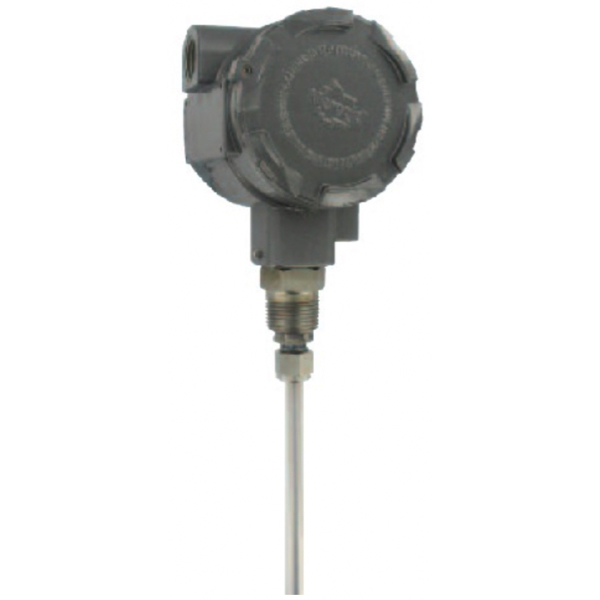Capacitive Level Transmitters

RSP Supply offers a complete selection of capacitive level transmitters designed for precise level measurement of liquids and bulk solids in industrial applications. These transmitters are commonly used in chemical processing, tank monitoring, and material handling systems where reliable and accurate level feedback is essential. Capacitive level transmitters operate by detecting changes in capacitance as material levels change within a tank or vessel, making them suitable for both conductive and non-conductive media.
Capacitive level transmitters measure capacitance changes between internal electrodes, allowing them to function through direct contact with the process media or through non-contact measurement techniques, depending on the design. This flexibility enables their use in aggressive or corrosive applications where traditional mechanical devices may fail. The integrated capacitive sensors can detect changes in liquid levels, including water-based fluids, as well as a wide range of bulk solids in vessels such as conical tanks or silos.
These transmitters deliver high measurement accuracy and stable performance under demanding process conditions. With fewer mechanical components than conventional level measurement devices, capacitive level transmitters reduce wear and maintenance while maintaining precise output signals for displays, alarms, or control systems. Their durability and versatility make them well suited for continuous level measurement and point-level detection across hazardous and non-hazardous applications.
Capacitive Level Transmitters Overview
Capacitive level transmitters provide accurate and reliable level measurement by detecting changes in capacitance between a sensor probe and the tank wall as material levels rise or fall. This proven technology allows for continuous monitoring of liquids and bulk solids, even in challenging conditions such as buildup, foam, or viscous media. Suitable for both contact and non-contact applications, capacitive level transmitters are widely used across industries including chemical processing, water treatment, and food and beverage production. Their durability, versatility, and easy integration into control systems make them a cost-effective solution for dependable level measurement.
FAQs
Q: What is a capacitive level transmitter used for?
Capacitive level transmitters are used to continuously measure liquid or bulk material levels in tanks, silos, and vessels by detecting changes in electrical capacitance.
Q: Do capacitive level transmitters require direct contact with the media?
No, capacitive level transmitters do not always require direct contact with conductive media. Depending on the sensor design and application, they can also perform non-contact level measurement.
Q: What types of materials can capacitive level transmitters measure?
They can measure a wide range of materials, including water-based liquids, chemicals, and many types of bulk solids.
Q: Are capacitive level transmitters suitable for harsh environments?
Yes, they are commonly used in demanding industrial environments due to their robust construction, minimal moving parts, and resistance to process-related wear.
Q: Can capacitive probes be used to measure bulk material levels?
Yes, capacitive probes can measure bulk material levels by detecting changes in the dielectric properties of the material as it contacts or approaches the probe.
Why Buy Capacitive Level Transmitters from RSP Supply
RSP Supply provides reliable capacitive level transmitters designed for accurate measurement in industrial process applications. Our selection supports both liquid and bulk solid level monitoring while minimizing maintenance and mechanical complexity. Customers rely on RSP Supply for dependable instrumentation, clear technical documentation, and solutions engineered to perform consistently in challenging environments.

